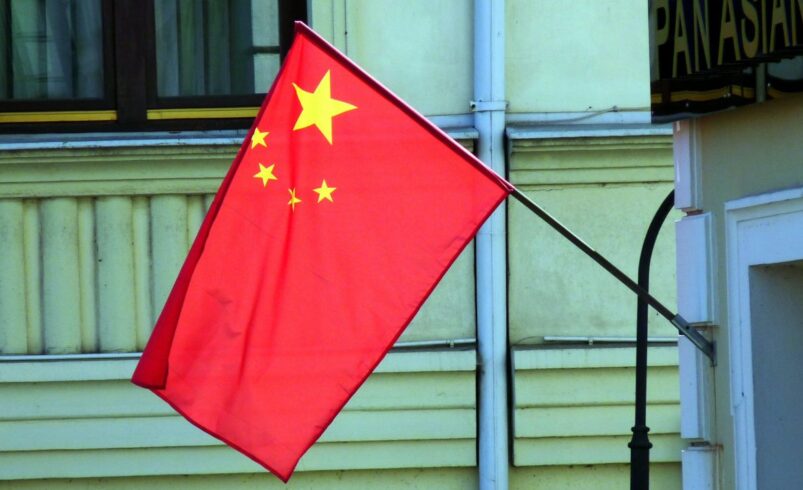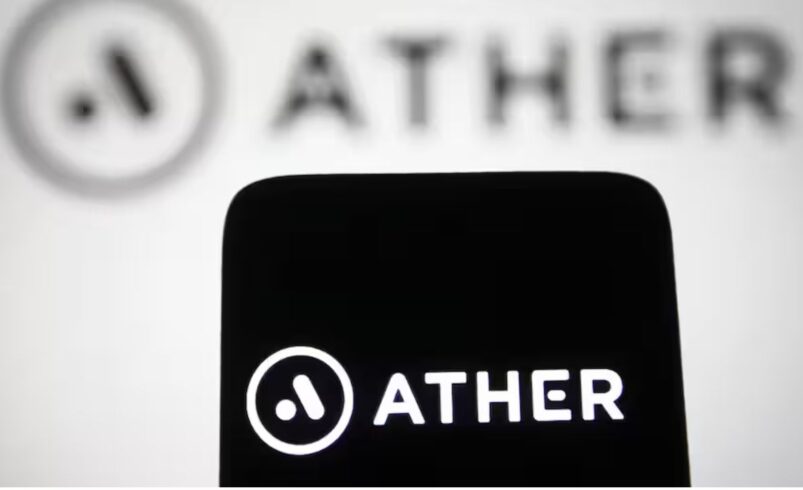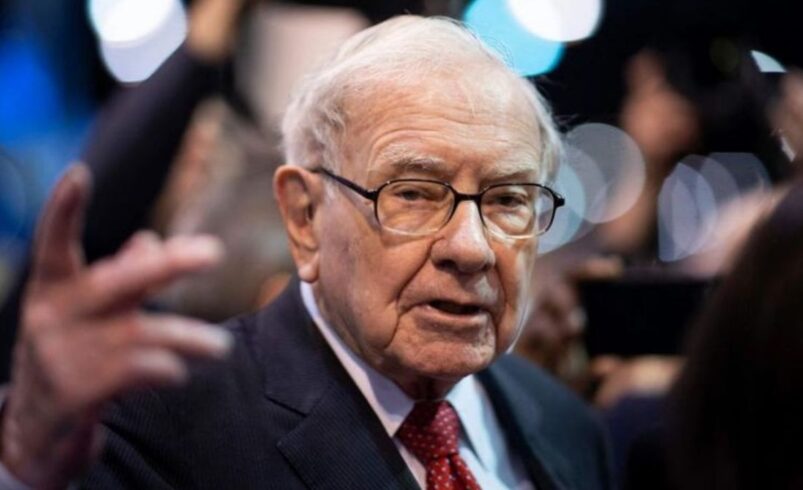In a stunning turn of events, Nepal has chosen Chinese electric vehicle (EV) brands over Indian ones, signaling a major shift in the regional automotive market. For the first time in history, Chinese carmakers have overtaken Indian brands to become the largest sellers of cars in Nepal, capturing a dominant 52.5% market share in FY25. This shift is a wake-up call for Indian EV carmakers, particularly Tata and Mahindra, who have long held sway in the Nepali market with their made-in-India vehicles.
Nepal, a country rich in clean energy resources, sources about 85% of its electricity from hydropower. With such abundant, renewable energy, the government has seen electric vehicles as a strategic solution to reduce its dependency on imported petrol and diesel, which has traditionally come from India. As part of its push for sustainable development, Nepal slashed tariffs and import duties on EVs, making electric cars significantly cheaper than their internal combustion engine (ICE) counterparts. The result? A staggering 75% of all new cars sold in Nepal in FY25 were electric, with 70% of those coming from China.
This dramatic shift in the Nepali market is a huge blow to Indian carmakers, who have long dominated the country’s automotive sector. Brands like Maruti, Tata, and Mahindra have seen their market share evaporate in the face of aggressive pricing and government incentives that have benefited Chinese automakers. Market expert Jayant Mundhra points out that this shift occurred in a neutral market, where there were no external factors or protectionist policies at play—just pure competition. He argues that this should be a moment of reckoning for Indian manufacturers, as their EV offerings have not been able to match the scale, price, and technological advancements of Chinese-made cars.
Chinese carmakers, such as BYD and MG’s Windsor, have not only made inroads in Nepal but have also begun to gain traction in the Indian market. Despite paying hefty import duties, these brands are offering EVs at more competitive prices than Indian-made models, making it difficult for local players to keep up. For instance, Windsor’s EVs have outpaced Tata’s Nexon in terms of sales, even with the price disadvantage caused by import duties.
Indian carmakers, however, have managed to maintain a degree of dominance in their home market, thanks to government protectionist policies. These measures have shielded Indian brands from facing the same fate as their counterparts in Nepal. But experts argue that this protection is only temporary. Without a significant improvement in the quality and pricing of their electric vehicles, Indian carmakers risk losing more ground to Chinese manufacturers, who have already proven their ability to scale and innovate quickly.
This development highlights the growing influence of China in the global electric vehicle market and serves as a stark warning for Indian carmakers. As the demand for EVs continues to rise globally, Indian companies must accelerate their efforts to compete with Chinese automakers in terms of technology, pricing, and market reach. If not, they may find themselves sidelined, not just in markets like Nepal, but also in their own backyard. The race to dominate the EV sector has begun, and the pressure is on for Indian manufacturers to catch up.
Get the latest in business, markets, startups, and policy—visit businessnewsindia.in for in-depth updates and follow us on Instagram @businessnewsindia.in for daily bites of what matters most.
Source – Business Today









